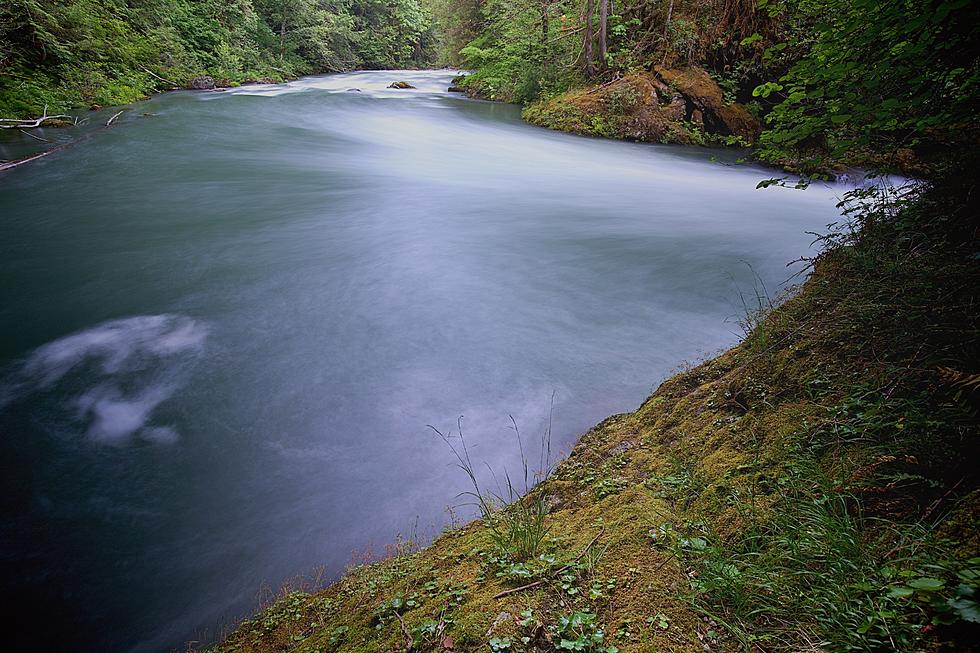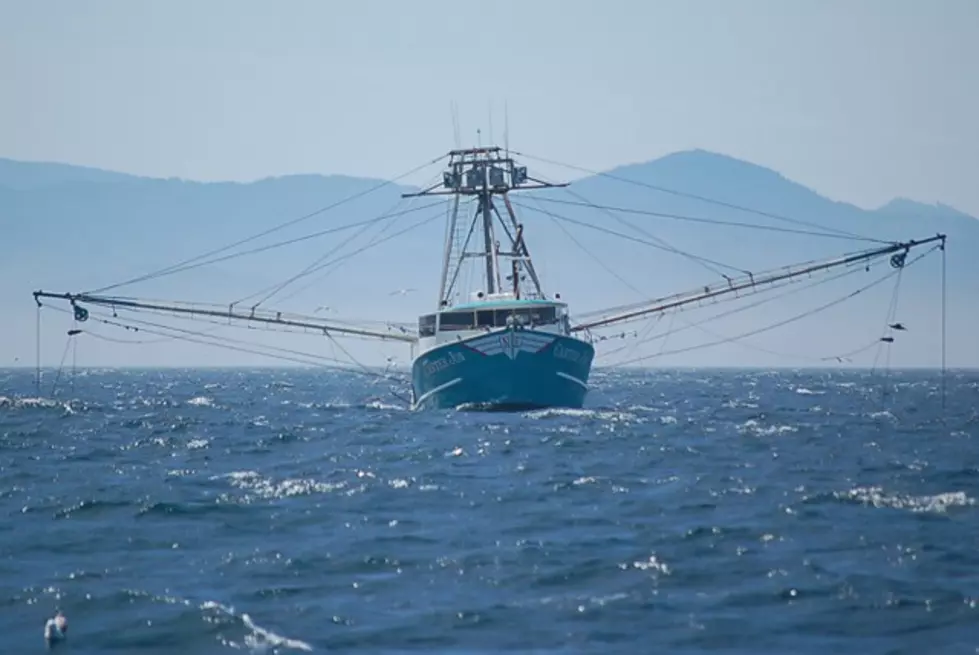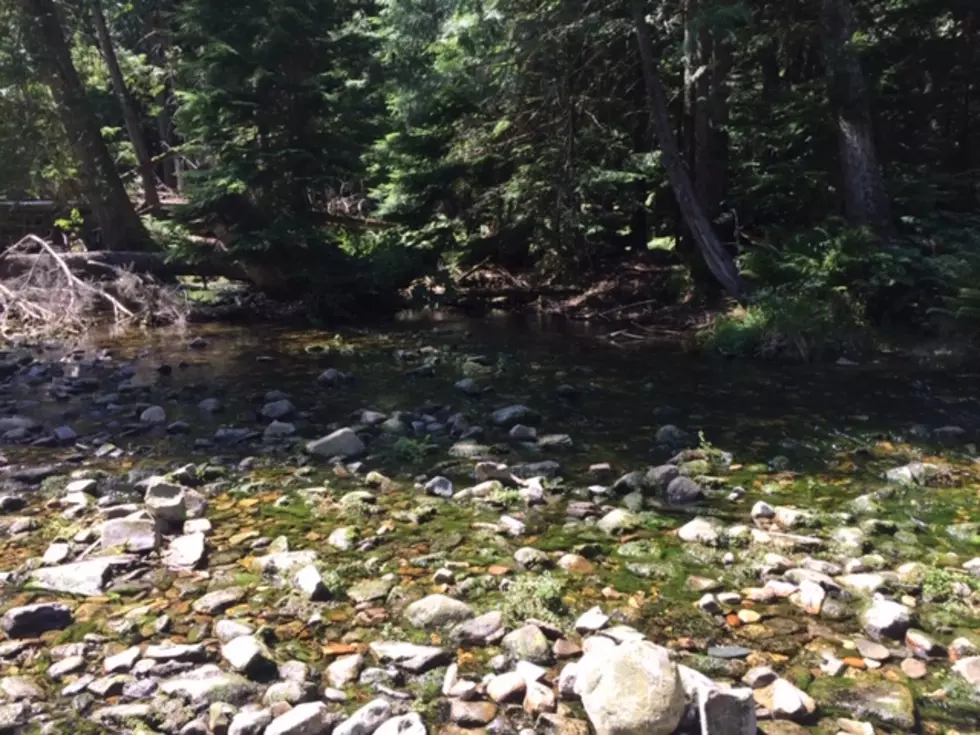
Myers: Data Does Not Show Removing Snake River Dams Will Help Salmon Populations
Those who support removing the four lower Snake River dams say those dams are hindering salmon, which in turn hurts Puget Sound orcas that feed on the salmon. However, Todd Myers, Director of the Center for the Environment with the Washington Policy Center said there is no scientific evidence that removing those dams will help salmon, or any other wildlife that call the Snake home. Myers said salmon runs are cyclical, and acknowledged some salmon populations are currently in a “very down cycle”, but doing that does not tell the whole story.
“To do that though, they have to ignore there are low returns everywhere else. They point to low Sockeye returns last year on the Snake, ignoring the fact that the Sockeye runs in Lake Washington are incredibly low. So, I think there’s a number of things. If you want to be myopic, if you want to focus only on the evidence that proves your points that the dams must go, there is evidence to do that. I don’t think it’s scientific.”
Myers added thanks to improvements and investments in those four dams, their impact on fish is very low, pointing out over the past couple of decades, Chinook salmon numbers in the Snake have been increasing.
“While populations of Chinook in Puget Sound have been decreasing. So, the Snake although it gets a lot of attention is actually a success story, of where populations are moving in the right direction, although they are cyclical. They are moving in the wrong direction in Puget Sound, which is most important for the killer whale.”
According to NOAA, the Snake River ranks #9 when it comes to providing salmon for orcas. Another part of the environmental argument, Myers pointed out, the four lower Snake River dams are responsible for 7% of Washington’s electricity, which is more than solar and wind generation combine.
If you have a story idea for the Washington Ag Network, call (509) 547-1618, or e-mail gvaagen@cherrycreekradio.com
More From PNW Ag Network









